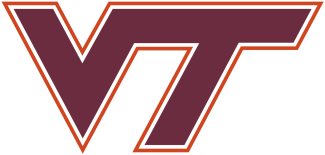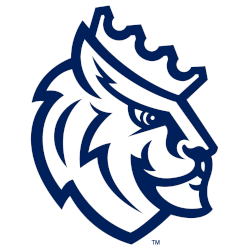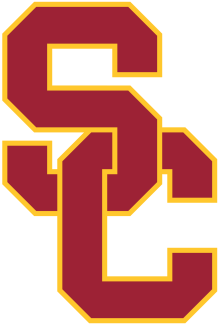Prior to the 2019 MLL All-Star Game, the MLL held a youth clinic at Navy-Marine Corps Memorial Stadium in Annapolis, Md. Despite being coed opportunity, only two girls showed up.
One of them cried, nervous because they were so outnumbered. A member of the MLL front office noticed and called All-Star attackman Steele Stanwick, who also coaches the Johns Hopkins women’s lacrosse team. Stanwick left the hotel immediately and spent the next hour and a half working with only those two girls.
The following week, those same girls found Stanwick and, with big smiles on their faces, gave him a friendship bracelet.
That moment is just one example of how MLL and its teams have reached out to and made a difference in their communities.
“Part of why we’re all here is because we’re all passionate about the game,” MLL Commissioner Sandy Brown said. “What you see in a guy like Steele Stanwick is the best MLL has to offer. It makes it rewarding to work with people like that.”
With teams calling home to six different markets, MLL emphasized its home-team model this year. Part of that emphasis is not just playing the games, but being involved in community initiatives. The Chesapeake Bayhawks, Dallas Rattlers and Atlanta Blaze hosted US Lacrosse TryLax clinics. US Lacrosse-certified coaches provided the instruction, with MLL players on hand to interact with kids.
US Lacrosse-member organizations Wheeler Junior Lacrosse (Atlanta), Rhode Island Youth Lacrosse League (Boston), St. Mary’s Youth Lacrosse Club (Chesapeake), DFW Youth Lacrosse (Dallas), Pueblo Heroes Lacrosse Club (Denver) and Rockville Centre Lacrosse Club (New York) also received MLL community grants to help reduce financial barriers to participation.
“The number one issue in our sport is dividing and conquering, the divisions of our sport. Our game needs to heal and unite,” Bayhawks owner Brendan Kelly said. “Our sport is seen as taking from communities. We charge $2,000 dollars for a kid to play the sport. We are an exclusive sport, and if you don’t pay to play, you don’t have a chance. That’s going to be a problem for us. There has to be a community give-back to players that can’t afford that, which is why I think US Lacrosse is a great partner.”
The Boston Cannons and RIYLL have partnered since 2009.


























































